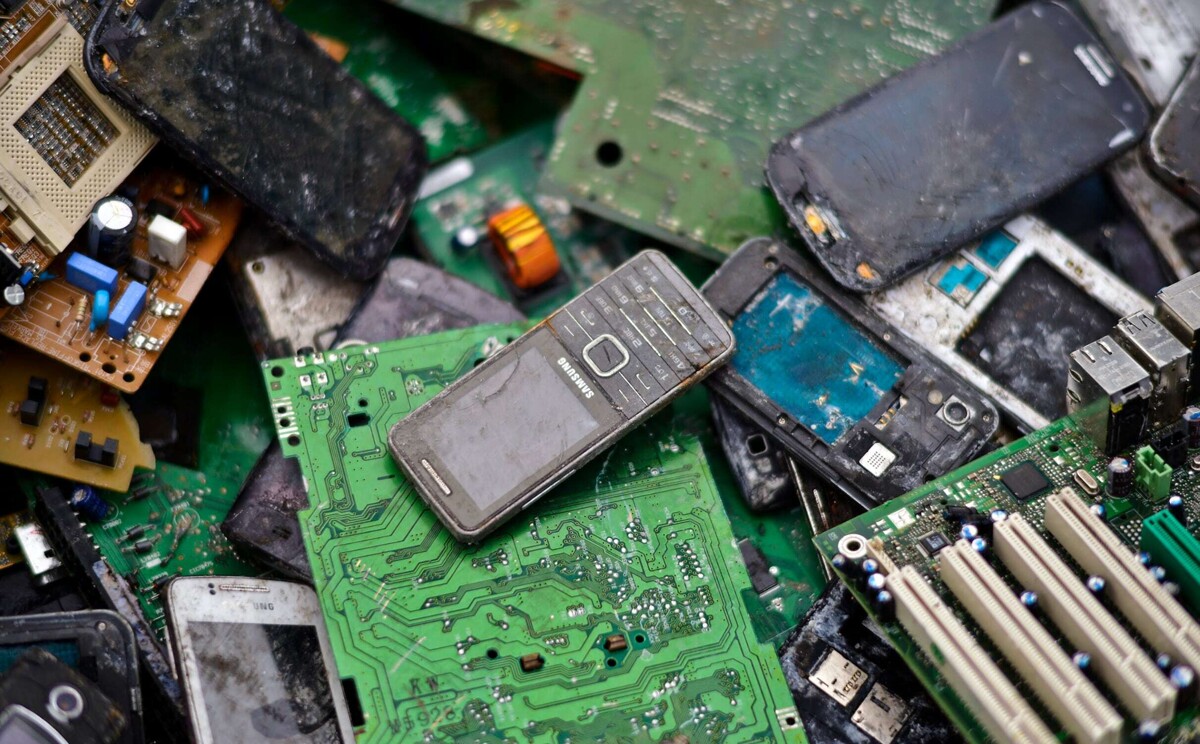
Scientists at Cornell University have developed an innovative method to extract gold from electronic waste and use it as a catalyst in the conversion of carbon dioxide into organic materials.
The method focuses on maximizing the recovery of gold present in the leachate solution. After recovering the gold, it is incorporated into COF structures to form a composite material. COFs are covalent organic frameworks capable of selectively capturing gold ions in solution, ensuring high efficiency and selectivity in the extraction process.
According to Alireza Abbaspourrad, associate professor of Food Chemistry and Ingredient Technology, this new approach is highly selective, capturing 99.9% of the gold from electronic devices while minimizing the presence of other metals such as nickel and copper.
The recovered gold is used as a catalyst to activate and transform CO2 into carboxylic acids, which are versatile intermediates in various areas such as polymers or pharmaceuticals. This process contributes to chemical sustainability by using CO2 as a raw material.
Amin Zadehnazari, a postdoctoral researcher at Cornell University, led this project using vinyl-linked covalent organic frameworks (VCOF) to extract gold from electronic circuit boards. This method, based on chemical adsorption, eliminates the need for hazardous substances, making the process safer and more sustainable.
Zadehnazari points out that electronic waste can be considered "a gold mine," as one ton of this waste contains up to ten times more gold than one ton of ore from which it is conventionally extracted. With the forecast of an increase in electronic waste production in the coming years, the efficient recovery of precious metals like gold becomes crucial.
The researcher explains that the inspiration for this project arose from the need to find sustainable methods for recovering valuable materials from electronic waste, avoiding the use of aggressive chemicals such as cyanide.
In summary, this innovative approach not only allows for the efficient recovery of gold from electronic waste but also offers the possibility of contributing to the reduction of CO2 emissions and promoting more sustainable chemical practices.













